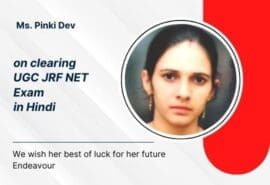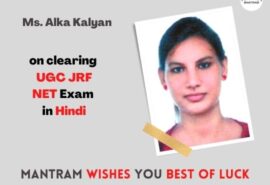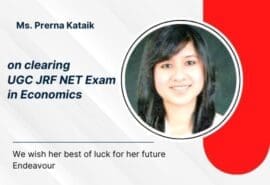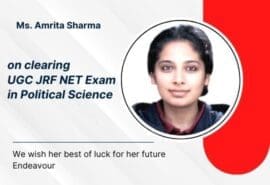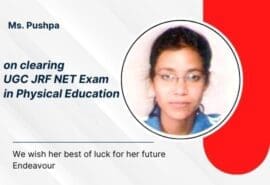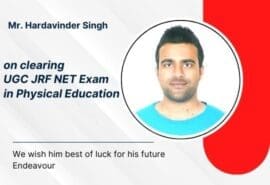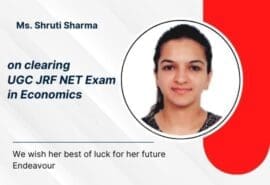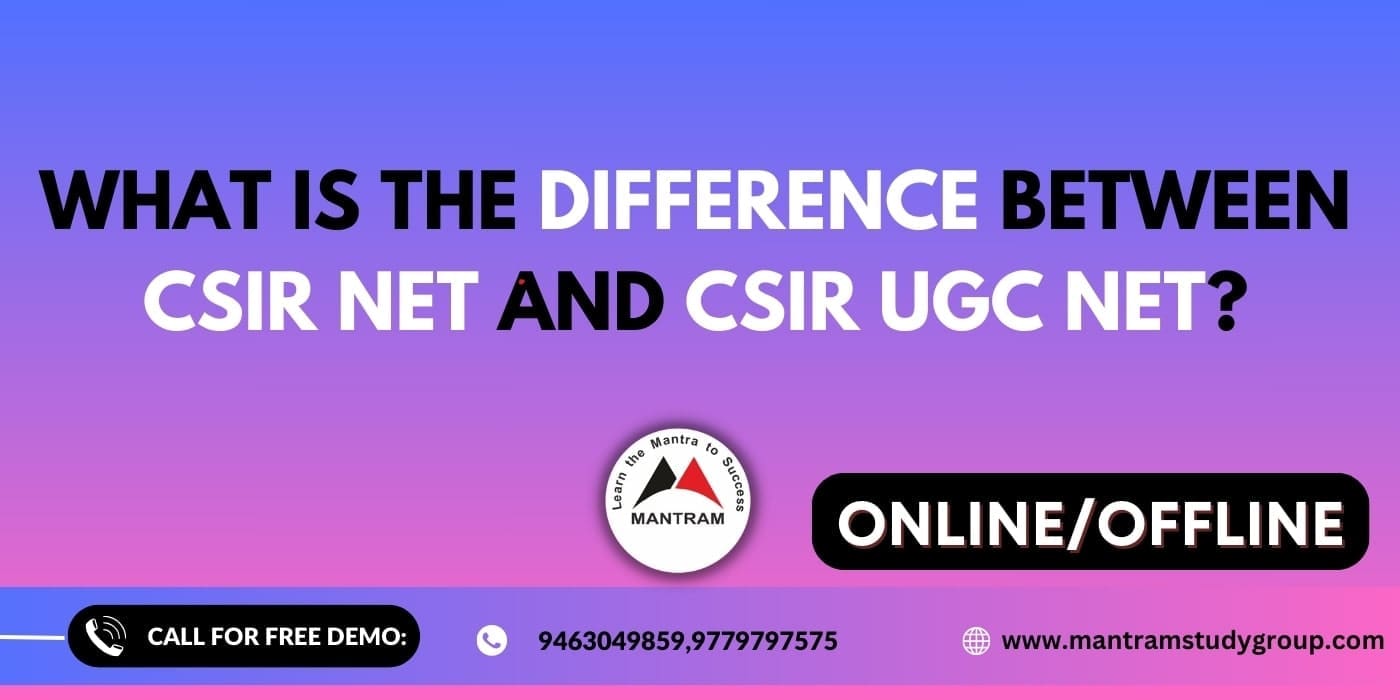
What is the difference between CSIR NET and CSIR UGC NET?
What is the difference between CSIR NET and CSIR UGC NET?
The Council of Scientific and Industrial Research (CSIR) National Eligibility Test (NET) and the CSIR University Grants Commission (UGC) National Eligibility Test (NET) are two examinations conducted for determining eligibility for lectureship and junior research fellowship (JRF) positions in Indian universities and colleges. Though the two exams share similarities, there are also some key differences.
Introduction to CSIR NET
The CSIR NET exam is conducted by the CSIR twice a year to determine eligibility for lectureship or JRF in Science subjects and for the award of JRF in CSIR laboratories. Some key details about CSIR NET are:
Subjects Tested: The CSIR NET covers many science subjects, including Physical Sciences, Mathematical Sciences, Chemical Sciences, Life Sciences, Earth Sciences, Atmospheric Science, Ocean Science, and Engineering Sciences.
Eligibility: The minimum criteria for CSIR NET include an MSc or equivalent degree with 55% marks for the General/OBC category and 50% for SC/ST/PH. Candidates in the final year of MSc can also apply.
Pattern: The exam consists of 3 parts - Part A on general aptitude, Part B on subject specialty, and Part C on research methodology. It is a 3-hour exam with 70 multiple-choice questions in Part A, 35 in Part B, and 25 in Part C.
Qualifying Marks: The qualifying cutoff marks vary for different categories, but the minimum aggregate marks required to pass is usually around 40-50%.
UGC NET Paper I Exam Coaching In Chandigarh
Introduction to CSIR UGC NET
The CSIR UGC NET is also conducted twice a year to determine eligibility for lectureship and award of JRF in CSIR laboratories. The CSIR adopted the UGC NET pattern in June 2020. Some key aspects are:
Subjects Tested: This covers all subjects, including Science, Engineering, Pharmacy, Humanities, Social Sciences, Forensic Science, Environmental Sciences, Computer Science and Applications.
Eligibility: Candidates require at least 55% marks in a master's degree in a relevant subject from an Indian University or equivalent. Final-year MSc students can also apply.
Pattern: The current exam pattern consists of 2 papers - Paper I on teaching/research methodology and Paper II on specialty. Each paper has 100 multiple choice questions carrying two marks each, to be solved in 1 hour.
Qualifying Marks: To be eligible for JRF and lectureship, the General/EWS category requires at least 40% aggregate marks in Paper I and II. For SC/ST/OBC/PH categories, qualifying marks are 35%.
Best Coaching Institute For Ugc Net Management
Differences between CSIR NET and UGC NET
While the CSIR UGC NET adheres to the UGC NET format, some differences exist between the original CSIR NET and UGC NET exams regarding subjects, eligibility, syllabus, and pattern and qualifying criteria.
Subjects Tested
The CSIR NET covers only core science subjects, while UGC NET has a broader coverage of disciplines beyond sciences.
Before the merger in June 2020, CSIR NET focused exclusively on topics related to Physical, Chemical, Mathematical, Biological, Earth, Ocean and Atmospheric Sciences.
Eligibility Criteria
For CSIR NET, the minimum eligibility criteria is an MSc degree or equivalent with a specified percentage of marks. UGC NET also allows candidates with master's degrees in allied subjects to appear for NET in certain interdisciplinary subjects.
CSIR NET allowed only students in the final year of their MSc programs to apply, whereas UGC NET did not permit candidates whose final results were awaited.
Exam Pattern
CSIR NET comprised three papers on general aptitude, core subject knowledge and research methodology. On the other hand, UGC NET contained only two papers testing teaching/research aptitude and subject knowledge.
CSIR NET had only 130 multiple-choice questions to be solved in 3 hours. UGC NET exams are longer, with 200 questions in 3 hours.
Negative marking exists for incorrect answers only in the CSIR NET exams. Initially, UGC NET exams did not impose negative marks on students.
Syllabus
The CSIR NET syllabus was limited to core science subjects, while UGC NET covers all streams of arts, humanities, social sciences and sciences.
Owing to the specialized nature of subjects, the CSIR NET syllabus was more in-depth, testing advanced conceptual knowledge of the science discipline. The UGC NET syllabus breadth is wider.
Best UGC NET Commerce Coaching in India
Qualifying Criteria
The qualifying marks cutoff for reserved candidates is lower for CSIR NET than for UGC NET exams.
CSIR NET is used to award direct JRF fellowships to candidates qualifying based on cutoffs. The original UGC NET procedure required candidates to undertake an additional interview/viva voce.
In summary, while CSIR adopted the UGC NET pattern in the June 2020 exams, some minor variations exist regarding subjects tested, eligibility, syllabus, difficulty level, exam duration and qualifying criteria followed.
The CSIR NET retains its specialized focus on science subjects compared to the more generalized UGC NET.
Thanks for visiting our website Mantram Study Group
CHECK OUR OTHER LINKS: -
Testimonials
 Their passion for teaching and extensive knowledge of the subject matter shines through in their engaging lectures and interactive class sessions. Students can grasp complex concepts and excel in their exams with their guidance. The CSIR Life Science Coaching Academy's commitment to students' success is evident in its teaching methodology.
Their passion for teaching and extensive knowledge of the subject matter shines through in their engaging lectures and interactive class sessions. Students can grasp complex concepts and excel in their exams with their guidance. The CSIR Life Science Coaching Academy's commitment to students' success is evident in its teaching methodology.





